If you’ve been running your business for a while, you know that it’s important to keep an eye on the competition. In the online world, it can be difficult to know exactly what your competitors are doing in order to rank higher than you in search engine results pages. That’s where a competitive audit comes in handy. As a first step, you’ll want to create a comparison chart of your business and its competitors in the same area. Use local pack rankings as a guide since this is what searchers see when looking for local businesses on Google. Focus on the following basic details as you get started:
- NAP (business name, address, phone number)
- Google My Business landing page URL
- Local pack rank
- Organic rank
- Organic rank among business-owned sites
In order to get an accurate picture of your competition, you’ll need to identify all of the businesses that are competing with you for local search traffic. If you’re not sure where to start, try using a tool like Moz’s Local Explorer. Once you have a list of your competitors, take some time to visit their websites and see what they’re doing that you’re not. Do they have more detailed information about their products or services? Better reviews? More engaging content?
By taking the time to perform a competitive audit, you can get a better understanding of where you stand in the local search landscape. Use the information you gather to make necessary changes to your own website and improve your chances of outranking your competitors. With a little effort, you’ll be on your way to the top of the local pack!
B2B Marketing News: 28th CMO Survey, Growing B2B Creative Confidence, Google Core Update Completed, New LinkedIn Platform
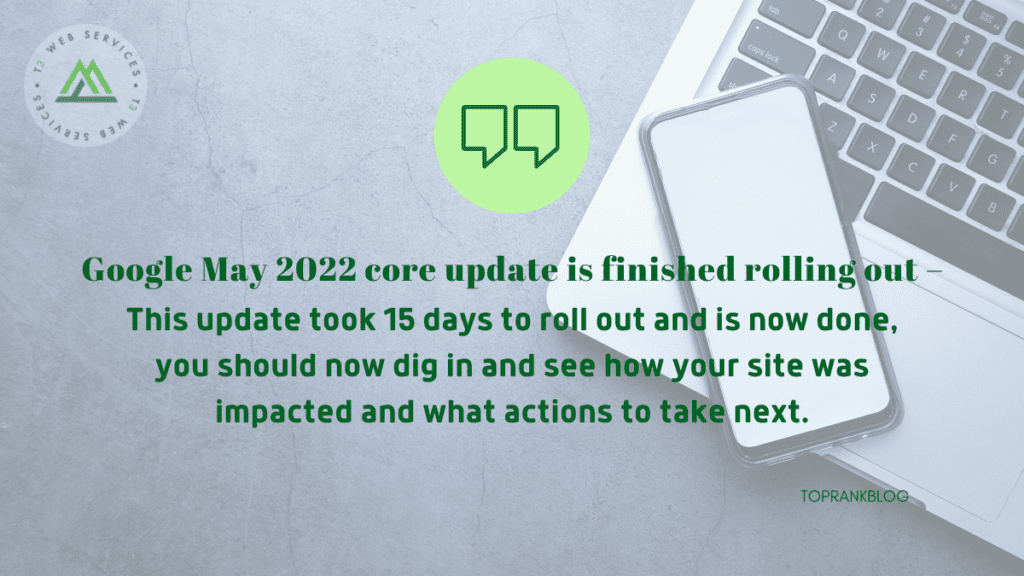

Majority of B2B leaders globally say “creative confidence” is growing: LinkedIn research from B2B Institute. 81% of senior B2B marketers believe B2B brands are increasingly producing creative campaigns that rival consumer brands. What’s New in Publishing
Google is combining Meet and Duo into a single app for voice and video calls. The new unified calling app offering rolls Duo’s functionality into Google Meet – The Verge
Chasing TikTok, Meta rolls out new Reels features and expands Instagram Reels to 90 seconds. A new Sound Sync feature will be available on Facebook Reels along with support for longer Instagram Reels of up to 90 seconds, instead of 60 seconds, previously TechCrunch

https://www.toprankblog.com/2022/06/b2b-marketing-news-061022/
How to Perform a Basic Local Business Competitive Audit (Updated for 2022)
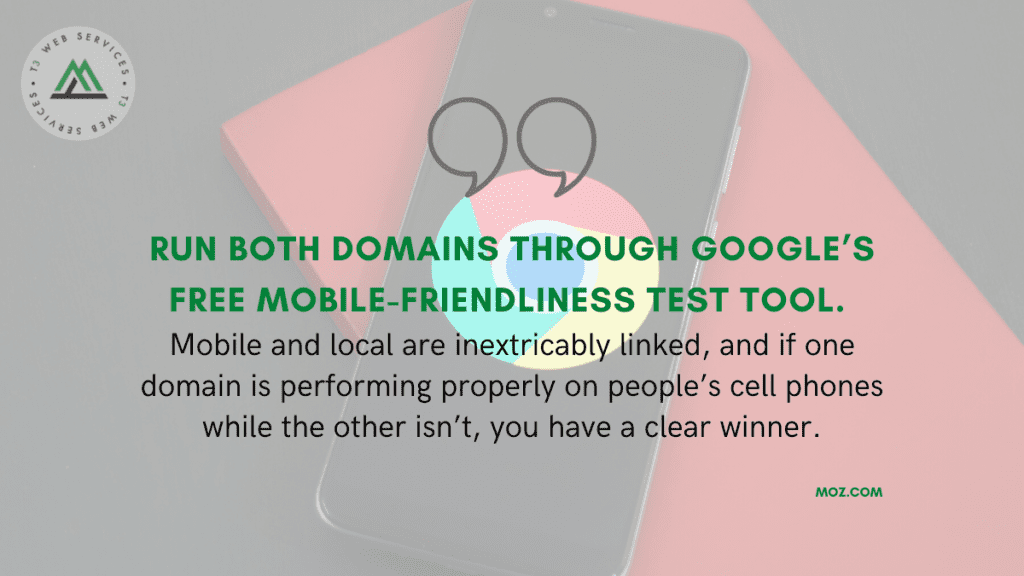

Your audit kicks off with these first, essential steps to orient yourself within a local market.
- Identify a keyword phrase for which you most want to achieve high local visibility. You can follow this workflow for each of your important search phrases, but start with just one to acquaint yourself with the process. Enter that keyword phrase in the top field of the spreadsheet.
- While located at the place of business, search on Google for that phrase and click on the local pack to be taken to the full local search results, called the “local finder”. If you are doing this audit on behalf of a client, have them perform the searches and send you the data.
- Jot down the name and address of the business coming up in the top non-paid spot (ignore any paid ads that come up) of the local finder.
- Scroll through the local finder until you see your business. Jot down its position.
- Now repeat this process of searching and note-taking from different locations around your town or city. This is how you get multi-sampled data.

https://moz.com/blog/basic-local-competitive-audit
Get To Know Ad Rank & Learn 3 Ways To Improve It
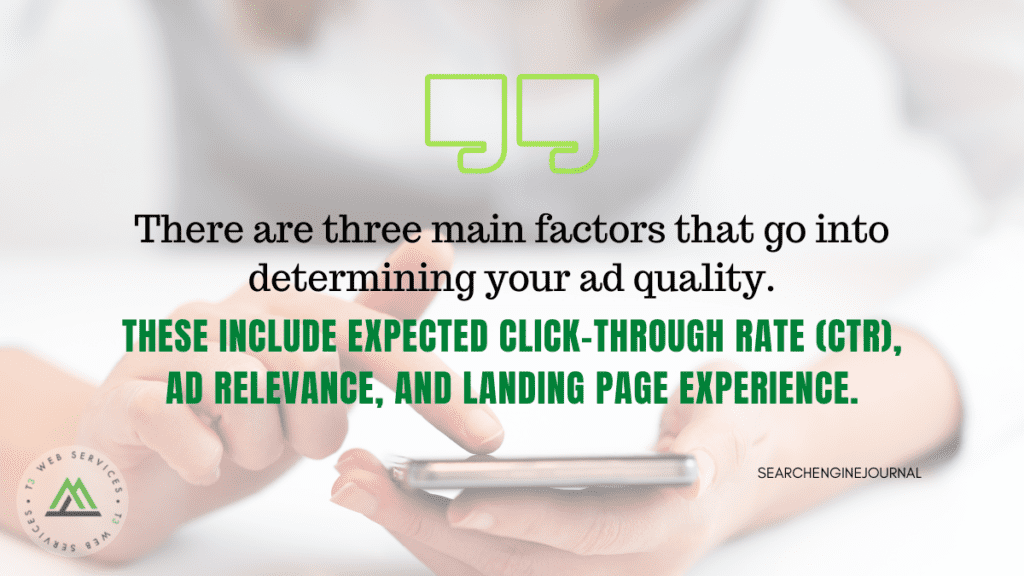

Before 2017, ad rank was a more simple calculation involving your max CPC and the number of competitors relative to the search.
Since Google Ads introduced some key changes to the way Ad Rank is calculated, such as thresholds and machine learning, it’s become much more complex.
Simply put, Ad Rank is calculated by:
- Your bid amount.
- Auction-time ad quality.
- Competitiveness of auction.
- Context of a user’s search.
- Expected impact of extensions and other ad formats.
Each specific keyword search is analyzed by determining the above factors to give it an Ad Rank.

https://www.searchenginejournal.com/ad-rank-guide/453012/
Humans vs. Robots: Picking the Best Audience for Your SEO Content
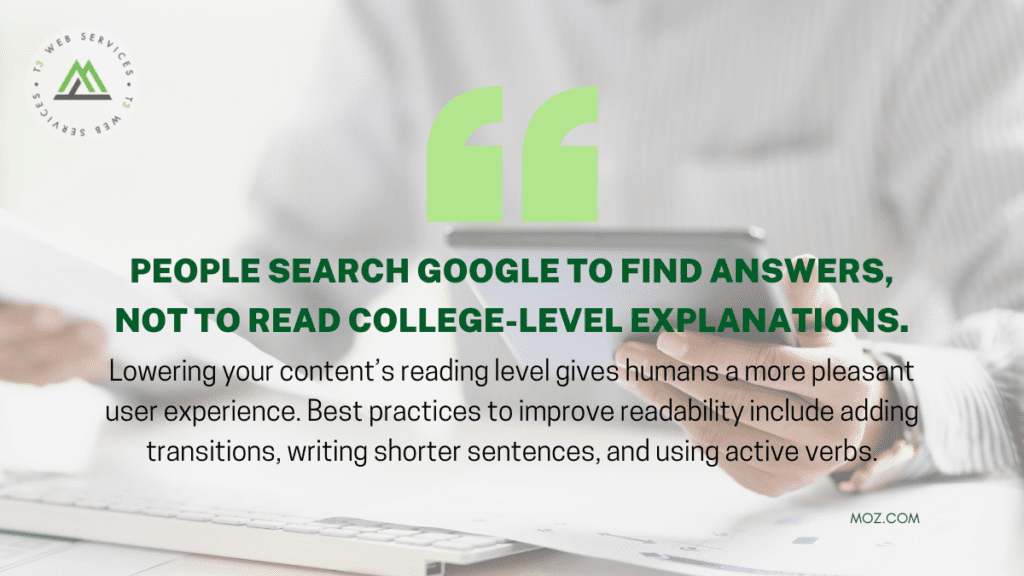

If you want to create content that resonates with a human audience, your content needs empathy, storytelling, and emotional reasoning. Studies show that storytelling, in particular, releases oxytocin in the brain, a hormone associated with positive feelings such as happiness and trust.
Word choice matters most for your human readers, but there are some aspects that apply to search engine bots.
For bots, you want to stay concise and make your content easier for Google to read and establish context. To do so, remove fluff terms, choose strong words over adjectives, and avoid long, multisyllabic words.
Here are some examples of how you can tailor the word choice for Google bots.
- “Open the app” instead of “simply open the app”
- “We’re thrilled” instead of “we’re very excited”
- “Required” instead of “mandatory”
When it comes to writing SEO-friendly content, it’s not a question of humans vs. robots but rather how to optimize for both. The actionable steps in this article are an excellent place to start if you want to create content that ranks on SERPs and resonates with potential customers.

https://moz.com/blog/write-for-robots-or-people
The Future Of WordPress: Interview With Josepha Haden Chomphosy
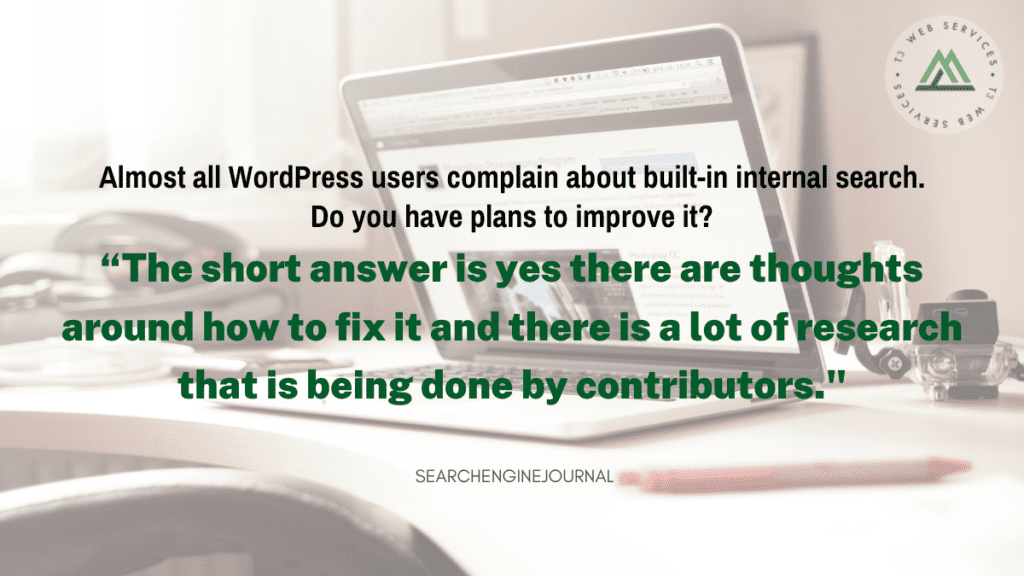

In an interview with Josepha Haden Chomphosy, Executive Director of WordPress, we discuss the present and future of WordPress.
WordPress powers nearly half of the web. What challenges does WordPress face as a CMS in the coming year and how does it plan to overcome them?
Chomphosy: “WordPress in the next year. One of the biggest difficulties we face in general is the fact that we are rewriting our entire codebase as we also continue to move forward as a functioning piece of software.
In a lot of cases, you would see a software stop every contribution from their community and rebuild everything while no one else is in it and just kind of use a closed model of re-envisioning how their software would work.
We are five years into this probably ten-year project and so the next year as with all of the years in a project like that is making sure we are still as stable and capable as a CMS as people have come to expect while also still pushing forward with a newer more modern way to manage your content online.”

Put These Call-to-Action Tips on Your Favorites List
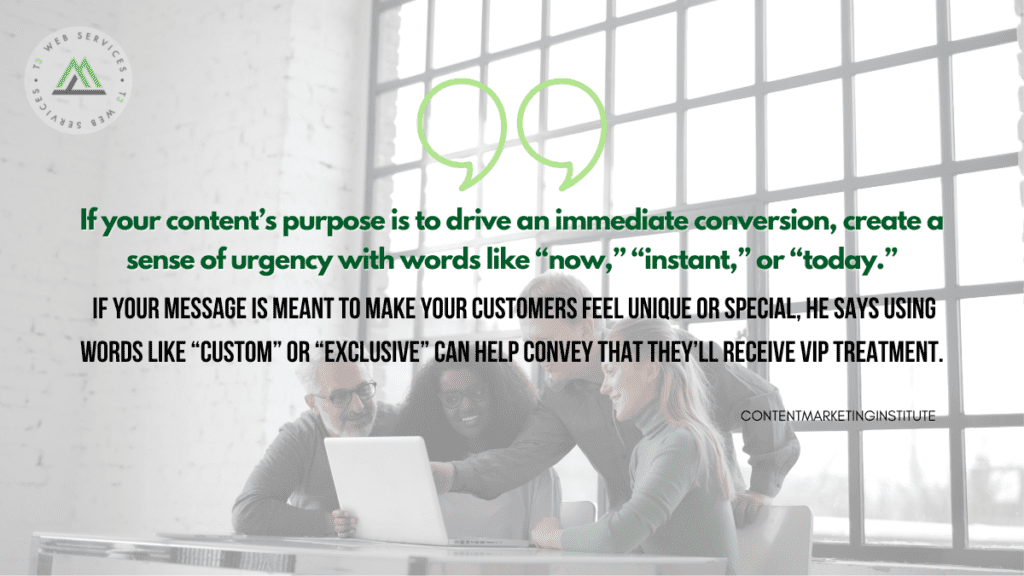

Keep them focused and short
Avoid inserting multiple calls into a single piece of content – there are only so many requests a reader will consider before they lose their focus. Get right to the point with brief, succinct statements that won’t confuse readers. Also, Pawan Deshpande says if you’re using a CTA button, long strings of text won’t have the same positive visual impact as a short one.
Provide clear direction
Beginning your CTA with an active verb – like “Subscribe to our newsletter” or “Download our app” – tells consumers exactly what action you would like them to take, while vague statements like “Learn more” could lead to confusion or disinterest.
Be transparent about what happens next
Will clicking disrupt their content experience by taking them to an off-site page? Will that page contain the information they expect, or will they have to search around for it? Will they get direct access to the download your CTA referenced, or will there be a form? You may not have the space to include every detail of the experience that follows the click, but avoid ambiguity by using words like “register,” “sign up,” or “visit our site” to help set clear expectations.

https://contentmarketinginstitute.com/articles/call-to-action-tips
Why 100% indexing isn’t possible, and why that’s OK
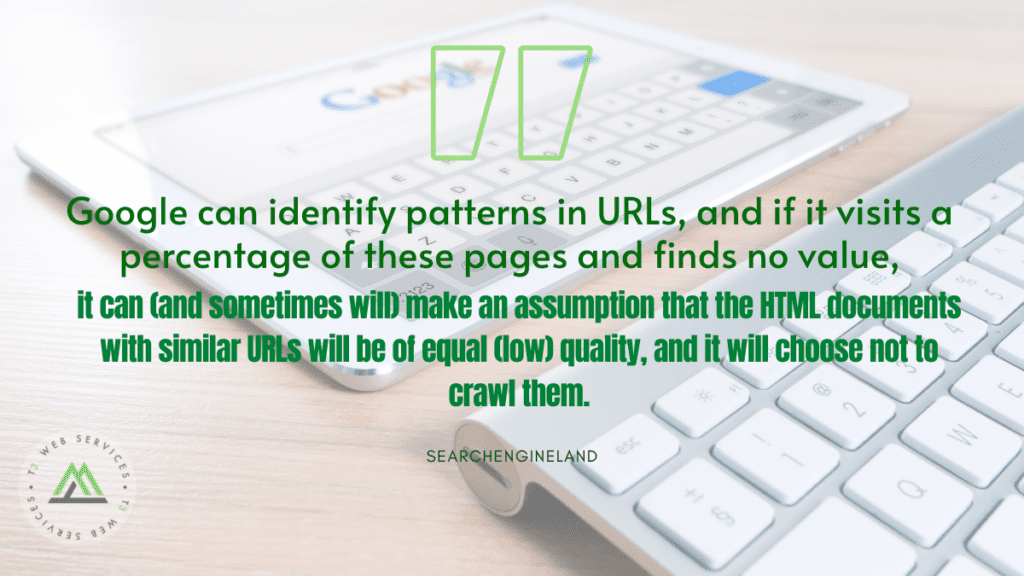

In recent months, however, crawling and indexing have become more common topics on the SEO forums and in questions posed to Googlers on Twitter.
Google, in their own docs, outlines that the web is expanding at a pace far outstretching its own capability and means to crawl (and index) every URL.
In the same documentation, Google outlines a number of factors that impact their crawl capacity, as well as crawl demand, including:
- The popularity of your URLs (and content).
- It’s staleness.
- How quickly the site responds.
- Google’s knowledge (perceived inventory) of URLs on our website.
From conversations with Google’s John Mueller on Twitter, the popularity of your URL isn’t necessarily impacted by the popularity of your brand and/or domain.
Having had first-hand experience of a major publisher not having content indexed based on its uniqueness to similar content already published online – as if it is falling below both the quality threshold and doesn’t have a high enough SERP inclusion value.

https://searchengineland.com/100-percent-indexing-impossible-385773


Leave a Reply